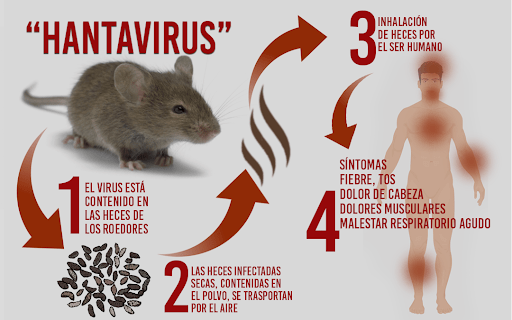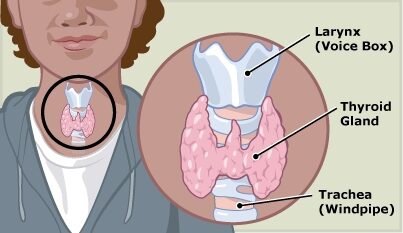Hantaviruses are a family of viruses. Mainly, they are spread by rodents. They can cause diverse disease syndromes in people globally. Infection with any Hantavirus can cause Hantavirus disease in people. In the United States of America, Hantaviruses are known as the “New World”. They may cause Hantavirus pulmonary syndrome. Other types of Hantaviruses are known as “Old World” and they are most commonly found in Europe and Asia.
They can cause hemorrhagic fever with renal syndrome. Each Hantavirus serotype has a distinct rodent host species. This type of virus is spread to people via aerosolized virus which is shed in saliva, feces, and urine, and less frequently in a bite from an infected host. The Sin Nombre virus is the most important Hantavirus in the United States and it can cause HPS. It is spread by deer mice.
Hantavirus: Signs and Symptoms
Contents

There are small numbers of HPS cases. It is not positively known the incubation time. The HPS advances through two different stages. In the first stage, the affected person can experience flu-like signs and symptoms, which may include:
- Vomiting, diarrhea, or abdominal pain
- Headaches and muscle aches
- Fever and chills
When the Hantavirus is in its early stage, then it is difficult to distinguish it from pneumonia, influenza, or other viral conditions. After four to ten days, more severe signs and symptoms begin. Usually, these symptoms include:
- Reduced heart efficiency
- Low blood pressure
- Fluid accumulating within the lungs
- Shortness of breath
- A cough that produces secretions
The signs and symptoms of HPS can worsen suddenly. They may quickly become life-threatening. If you have been around rodents or rodent droppings and you have signs and symptoms of muscle aches, chills or fever, or any difficulty breathing, then you should ask for medical help as soon as possible.
Causes:
It is known that each type of Hantavirus has a preferred rodent carrier. The primary carrier of the virus responsible for most cases of HPS in North America is the deer mouse. Rice rats, cotton rats, and white-tailed mice are other carriers of Hantavirus.
Inhalation is the main route of transmission:
Primarily, Hantaviruses are transmitted through the aerosolization of viruses shed in infected rodent’s saliva, urine, or droppings. The aerosolization is proceeding when a virus is kicked up into the air, which adjusts easily for people to inhale. For example, the mop which is used to clean up mouse droppings in an attic may nudge into the air tiny feces or particles which have Hantaviruses and you can easily inhale them.
After you have inhaled the Hantavirus, this type of virus reaches your lungs and it begins to invade tiny blood vessels, called capillaries, eventually causing them to leak. Then, your lungs flood with fluid, and this can trigger any of the respiratory problems associated with HPS.
Person–to–person transmission:
In some studies are shown that people in North America, who become infected with the North American strain of Hantavirus, are not contagious to other people. But, some outbreaks in South America have shown evidence of being transmitted from one person to another and this illustrates variation across strains in different regions.
Risk factors:
HPS is most commonly noticed in the rural areas of the western United States during the spring and summer months. Also, the HPS happens in South America and Canada. Other strains of Hantaviruses happen in Asia, where they cause kidney disorders rather than lung problems. The risk of developing HPS is greater for people who play, live or work in spaces where rodents live. Some factors and activities which increase the risk of HPS are:
- Camping, hiking or hunting
- Having a job that involves exposure to rodents, such as pest control, utility work, and construction
- Having a home or workspace infested with rodents
- Cleaning your house, particularly in attics or other low–traffic areas
- Opening and cleaning long-unused buildings or sheds
Complications:
The HPS can easily become life-threatening. As the lungs are filling with fluid, breathing turns more and more difficult. The blood pressure drops and organs begin to fail, particularly the heart.




